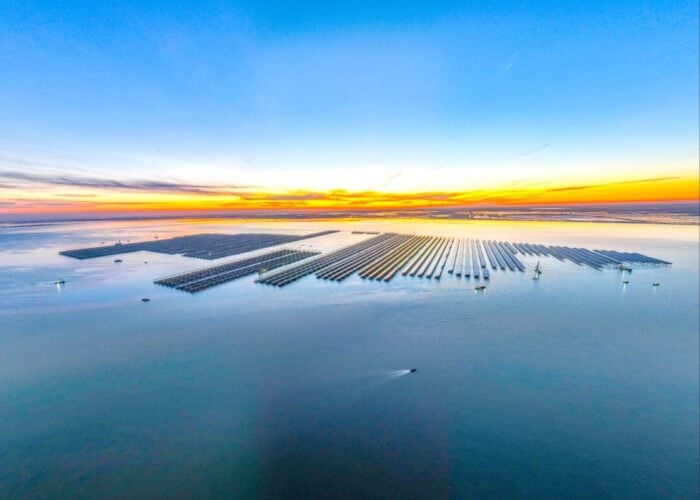
The ten members of the Association of Southeast Asian Nations (ASEAN), plus Timor-Leste, have over 28GW of operating utility-scale solar and wind capacity, up 20% from the end of 2022, but questions remain as to the region’s ability to commission all of this proposed capacity, according to a new report from Global Energy Monitor.
The report, ‘A Race to the Top: Southeast Asia 2024’ profiles the energy mixes of the ten ASEAN members – Brunei, Cambodia, Indonesia, Laos, Malaysia, Myanmar, the Philippines, Singapore, Thailand and Vietnam – plus Timor-Leste, and concludes that across the region, renewable capacity installations are on the rise.
Try Premium for just $1
- Full premium access for the first month at only $1
- Converts to an annual rate after 30 days unless cancelled
- Cancel anytime during the trial period
Premium Benefits
- Expert industry analysis and interviews
- Digital access to PV Tech Power journal
- Exclusive event discounts
Or get the full Premium subscription right away
Or continue reading this article for free
This is headlined by Vietnam, which has 13GW of operating solar capacity, ahead of the Philippines and Malaysia, which have 2.3GW and 1.6GW of capacity respectively. All of the countries profiled have operating solar projects as of the end of 2023, aside from Brunei, Laos and Timor-Leste, and the 11 countries’ total installed capacity of 18.7GW of solar power is greater than the 9.4GW of installed wind capacity currently in operation.
The Philippines has drawn considerable interest from the solar sector, notably floating solar developers, with SunAsia and BlueLeaf Energy both announcing plans to build 1.3GW of floating solar power in the country from 2025 onwards. In March 2023, the Philippines government also opened an auction round for 3GW of solar, onshore wind and bioenergy projects, as renewables become an increasingly important part of the country’s energy mix.
Indeed, the Philippines has considerable solar potential, with the capacity to install an additional 36.6GW of solar capacity, ahead of 16.5GW in Indonesia and 10.2GW of capacity in Vietnam. As shown in the graph below, several gigawatts of capacity having already been announced, or are under construction, in ASEAN member countries.
However, questions remain about the ability of these countries to meet these lofty goals. Global Energy Monitor reports that, while the ASEAN members plus Timor-Leste have the potential to install 220GW of new renewable capacity, just 6GW of that capacity – equivalent to 3% of this potential – is currently under construction.
This compares to the global average of new renewable capacity currently under construction that, excluding China, currently sits at 7%, more than double the proportion under construction among the ASEAN nations.
This phenomenon is particularly striking in Vietnam, where just 2% of utility-scale renewable potential capacity is currently under construction. The report notes that nearly 40GW of new solar and wind capacity has seen “no progression or announcements in the past two years,” suggesting that while Vietnam has developed a strong renewables sector up to this point, it is struggling to sustain this pace of growth.
While there have been some developments in the Vietnam solar sector in particular – such as Trina Solar commissioning a 12.6MW rooftop project in the country’s Thai Nguyen province this week – this suggests that the solar sector in Vietnam is looking more to small-scale and residential projects, rather than the utility-scale facilities that have historically had a larger impact on the country’s energy mix.
“While there is clear effort being made to ramp up renewable energy development, this is complicated by a buildout of fossil fuels and low solar and wind construction rates across the region,” wrote the report’s authors in their conclusion.
“By doubling down on bringing as much of the 220GW of prospective utility-scale solar and wind projects into fruition, ASEAN countries will be poised to not only meet regional renewable energy targets, but pave the way to detransition from fossil fuels.”






